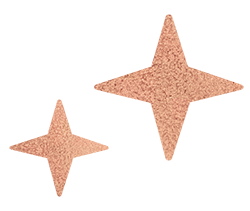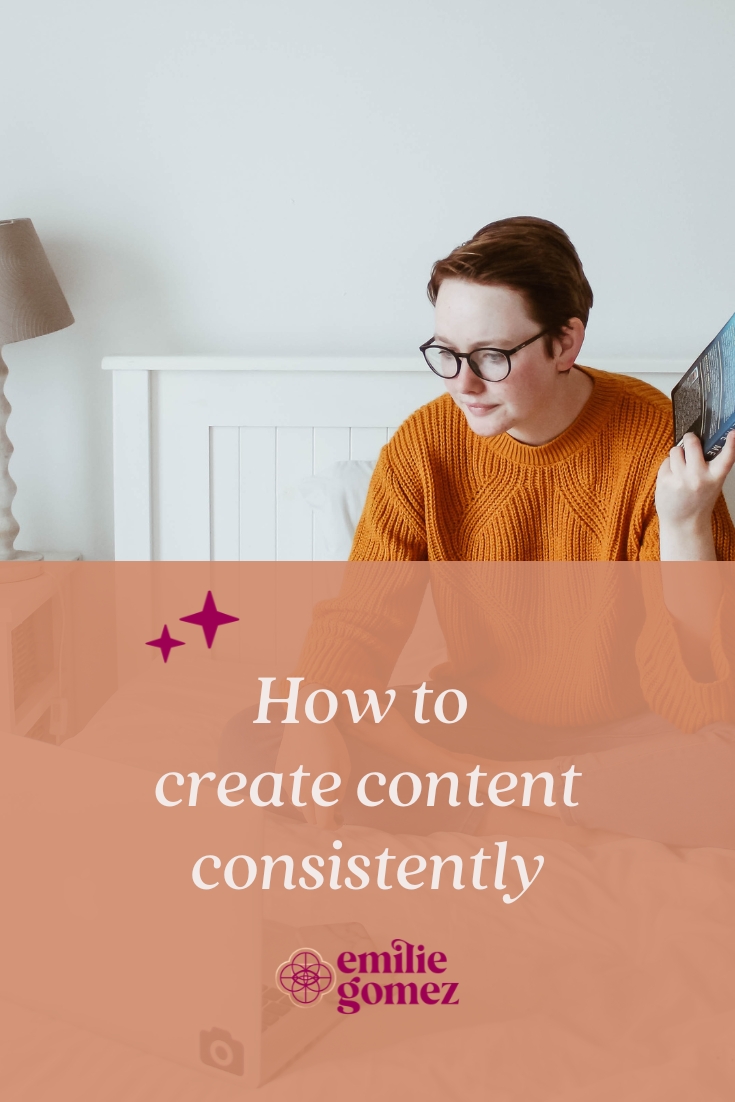This post contains affiliate links. If you sign up to an app using one of those links, I’ll get a small commission.
Content sharing is essential to creating awareness about you and your business. It’s a way for people to connect with you and get to know you. It’s also a way to showcase your expertise and show people how you can help them without being “salesy”. But creating content isn’t enough, especially if you only do it when you feel inspired. You also need consistency, which tells the various algorithms and your potential clients that you’re still in business.
If you’re like many of my clients and solo-entrepreneurs, you may feel overwhelmed at the idea of creating content regularly. It’s because you don’t have an easy way of doing it; it’s more an afterthought.
Content creation doesn’t need to be so hard. I’ll share the five elements you need to create content consistently week after week.
The 5 elements of content creation
There are five elements to create a content calendar that you’ll stick to:
- Type of content
- Channels
- Pillars
- Steps
- Statuses
Type of content
You may be surprised to find this first, and you may have picked your channel first. I know I did. I chose a channel (Instagram) and tried to create content for it, but I couldn’t make it work. Looking at it honestly (and without judgment), I realised that finding photos or talking about me isn’t my thing – I prefer to teach and share what I’ve learned. If I’d identified that first, it’d have been clear that I needed a blog!
So, what if instead of picking a channel first, you started with the type of content you like to create? Not what’s popular right now, not what others are doing and not even what your ideal customer wants.
Think about it. If you believe your ideal customer prefers to watch videos, but you hate making videos, will you actually make them? Probably not. And then, are they, in fact, your ideal customer if they consume content that you don’t like to create?
What will have the most impact:
- What you think you ideal customer wants but you can’t/won’t create because you loathe it, OR
- A piece of content that you have created with ease and joy
Yep, the second one!
There are lots of types of content, and you’re only limited by your imagination. Here are a few to get you started.
- Videos (pre-recorded or live)
- Images
- Short post
- Long post
- Podcast
- eBooks
- Audio (e.g. guided meditations)
- Worksheets
It may be tempting to pick them all, but choose the one that you’d like to create consistently. You may release ebooks every now and again, but is it something you want to share week in, week out?
Channels
So you know how you want to share your expertise. Now, where will you share it?
Your default answer might be social media, or rather Facebook or Instagram. But is it the right place for you? Suppose you like to write recipes and explain your creation process (illustrated with images). In that case, social media is clearly not the right place. A blog may be a better option.
The type of content you like to create will inform, and may even restrict, the channels you can use. For example, if you prefer writing, YouTube, IGTV and Facebook Live are not your channels.
Here’s a non-exhaustive list of channels:
- Facebook (page, stories, group)
- Instagram (grid, stories)
- IGTV
- YouTube
- Self-hosted blog
- Medium
- Patreon
- Mighty Networks
- Apple podcasts
You don’t have to use all channels (and I recommend you don’t when you’re just getting started or you’ll burn yourself out).
Pick a channel that is best suited for your type of content and that you like to use. It has to resonate with you, or you won’t use it. Once again, if you think your ideal client hangs out on Facebook and you hate Facebook, then they aren’t your ideal client!
Choosing one channel doesn’t mean you won’t use other channels. You might, but you may want to use them for repurposing your content instead of the primary way to share your expertise.
To continue with the previous example, if you like to share recipes, your blog may be the best place. Then you can use Facebook or Instagram to share part of your blog post and direct people to your blog. This way, you are not creating content for three channels, but only one.
When deciding on a channel, you may also want to consider how often you can post. Social media requires more frequent posts and engagement than a blog or newsletter.
Pillars
Your content pillars are the themes or topics you’ll cover in your content.
Content pillars help you stay focused on your message. You may have many ideas coming to you all the time but are they all relevant to your audience? For example, I love talking about my two bunnies and taking photos of them. Still, it’s not pertinent to my audience. It’s certainly a way for my ideal client to get to know me, and it may be ok to have the occasional social media post about my rabbits. However, it’s not something I’d share on my blog.
Having clearly defined content pillars helps you assess whether or not you should share your idea on your business channels.
You don’t need to share your pillars with your audience. However, it may become apparent from the hashtags you use on social media, your blog categories, your Pinterest boards or your YouTube playlists.
Your pillars should be the same across all your channels as they’re simply a way to categorise your expertise. The only exception may be social media. You may want to use social media to share more personal content, so your audience gets to know you better. In this case, you could use a pillar such as “About me”.
Write down all the things you love to talk about and often share with your clients. How can you group them into 5-6 categories?
Steps
Steps are your Standard Operating Procedures (SOP) or your how-to guide to creating a piece of content. They tell you in detail what you need to do.
It’ll most likely be different based on the type of content. Creating a video isn’t the same as writing a blog post, which is why when you’re just starting concentrating on one type of content is critical. You don’t want to be overwhelmed by all the work that needs to happen.
For the type of content you’ve selected above, what are all the steps you need to perform before you can publish your piece of content?
For example, here are some of the steps you may have for publishing a blog post,
- Write first draft
- Write social media posts (if using social media)
- Edit copy
- Select images
- Create main image for blog
- Create social media images
- Add blog post to website
- Schedule social media posts
Statuses
Statuses are a way to group your steps, so you know where you’re at in your creation process. It’s beneficial when you batch your work, as you’ll want to find all the content that needs writing or editing, for example. Each status may have a series of steps or just one single step.
For example, using the above steps,
- Write
- Write first draft
- Write social media posts (if using social media)
- Edit
- Edit copy
- Design
- Select images
- Create main image for blog
- Create social media images
- Schedule
- Add blog post to website
- Schedule social media posts
How can you group the steps you’ve identified above?
Now you have all this information, what do you do with it? The best way to manage your content creation process is to use a project management tool, such as Trello or Asana. I use ClickUp as I find it’s the most flexible tool, and I can adapt it to my needs rather than the other way around. I’ll share more about how to use ClickUp as your content calendar in the next blog post.













